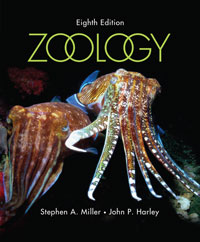1.
A) ectothermy B) vertebral column modified for flight C) ones lightened by numerous air spaces D) feathers 2.
A) Archaeopteryx B) Sinoris C) Eoalulavis D) Sterna 3.
A) Archaeopteryx B) Sinoris C) Eoalulavis D) Sterna 4.
A) Russia B) Argentina C) China D) South Africa 5.
A) Lepidosaurs. B) Testudines. C) Synapsids. D) Archosaurs. 6.
A) reptiles. B) synapsids. C) rodents. D) anapsids. 7.
A) epidermis B) dermis C) hypodermis D) basement membrane 8.
A) plumulaceous B) down C) pennaceous D) dermal 9.
A) down B) pennaceous C) contour D) ermal 10.
A) quill B) shaft C) barbs D) barbules 11.
A) pygostyle B) uncinate process C) synsacrum D) furcula 12.
A) pygostyle B) uncinate process C) synsacrum D) furcula 13.
A) helps decrease the angle of attack of the wing. B) is elevated during fast flapping flight. C) is elevated to reduce turbulence along the upper surface of the wing during hovering, takeoff, and landing. D) generates the propulsive force of flight. 14.
A) esophagus. B) gizzard. C) crop. D) proventriculus. 15.
A) crop. B) gizzard. C) proventriculus. D) pylorus. 16.
A) Gas exchange occurs in blind-ending sacs called alveoli. B) Abdominal and thoracic air sacs are compressed by body muscles to move air through the respiratory system. C) Two respiratory cycles are required to move a volume of air through the respiratory system. D) Birds have a greater rate of oxygen consumption than any other vertebrate. 17.
A) monogamy. B) polygyny. C) polyandry. D) ovoviviparity. 18.
A) monogamy B) polygyny C) polyandry D) ovoviviparity 19.
A) True B) False 20.
A) True B) False 21.
A) True B) False 22.
A) True B) False 23.
A) True B) False 24.
A) True B) False 25.
A) True B) False 26.
A) True B) False 27.
A) True B) False 28.
A) True B) False 29.
A) True B) False 30.
A) True B) False 31.
A) True B) False





